There is a well-worn path through Southeast Asia that snakes through Thailand, Cambodia, Vietnam, and, depending on whom you ask, maybe a few other places. Treading this path at a leisurely pace over a few weeks, you’re likely to see some of the same Western faces making their way from hostel to hostel across the backpacker districts on the trail. One item almost always on the breakfast menu at these places: pancakes. Specifically, banana pancakes, which are not exactly part of the traditional local selections. As a side note, yogurt and muesli is also almost always the menu, but, while delicious, it doesn’t have quite the same ring to it. The “Pancakes Trail” has many more common themes than just breakfast menu items though, revolving essentially around catering to (and exploiting) the tourists that make their way through it. You can see similar photo op gimmicks like deep fried bugs to eat or fish pedicures, child touts at temples and monuments pulling out all the guilt-inducing stops, even scams that are fairly similar across cities. The tourist sites themselves can have a bit of thematic repetition as well: the requisite visit to the “local village” and accompanying boat tour, whether it be lake or river, firing automatic weapons (or at least posing with them), and of course temples, temples, temples.
Myanmar, while a logical first stop on the trail if you’re working your way east, has been off the itinerary for many visitors to Southeast Asia because of political and visa concerns. At least in regards to tourist visas, those conditions have improved dramatically in the past couple of years. We couldn’t help but notice some striking similarities emerging that could blend Myanmar right into the rest of the trail. The first child touts who used the familiar lines of “ok you buy later, I remember you” when ignored entering a temple did evoke a sense of déjà vu. Of course, we really got déjà vu when a kid responded to not wanting to buy a longyi because we already had one with “it’s same same but different.” All they need to do is put the “same same” line on t-shirts with silk screens of Myanmar temples now. As a tourist, it’s easy to feel like that’s only a bad change for the country, especially if you’re the type who occasionally goes out of their way to get away from other tourists. It’s obviously a mixed blessing though. Solidifying a more routine spot on the pancakes trail will provide a lot of jobs and revenue for the country. In the meantime, there’s still time to feel like you’re doing something a little bit off the beaten path… well, at least in between the times other visitors bring things back sharply into focus. Those visitors can be oblivious foreigners running roughshod over locals (like in the last post), or they might just be visitors that make you wonder just how much you’re the oblivious one. We did have a chance to run into one of the latter types in Bagan.
We had a horse carriage ride as part of an itinerary in Bagan at the end of the day there. Our time there, and in Myanmar altogether, was really short, so it made sense to economize that time as best as possible. A horse carriage does make sense to get way out off-road to view some of the clusters of temples. There are thousands of these temples across the countryside, so it really was a remarkably beautiful and serene ride. As we came across one cluster of several temples way out away from any roads, we see a parked bicycle and a western guy in his twenties finishing a cigarette. He greets our guide in Burmese and then hops on his bike and speeds past us, again speaking in Burmese to excuse himself to our guide. That’s a tourist I can defer to. Way to make us feel like a couple of tools, bearded cycling backpacker guy from…. Hmm, I think we agreed he was Dutch. No reason, but we’re gonna say he was a Dutch backpacker.
Anyhow, we did enjoy our last couple of days in Myanmar. As I’ve said, Bagan really felt like a stop on the pancakes trail, right down to the lousy overpriced “international” tourist food. It’s a beautiful city, but they do need to work on the menu a bit. We spent our last day touring Yangon before our red-eye flight back to Tokyo. We ate lunch at a bustling local place called “Feel Myanmar” which was the best meal we had for the whole visit. We also toured downtown and finished up in the night market in Chinatown and Indiantown in Yangon. One quick note on the street food there… don’t eat it. Really…. DO. NOT. EAT. IT. We knew ahead of time that poor food preparation practice is the reason that a Hepatitis A vaccine is recommended for a visit to Myanmar. I mean, I understand what that means and why that might be. We have that vaccine, but that doesn’t mean you can’t still get all manner of other trip-ruining illnesses. So, you know, be careful, use all the common sense precautions, etc. We read about “dip and wipe” being the extent of cleaning that is done to plates at street food vendors’ stalls. You finish a plate of curry or whatever, then they take your dirty plate and dip in in (dirty, contaminated) water, then wipe it off with a rag. Then, they use the plate for the next customer. There’s your Hepatitis A. So when we were strolling through Indiantown and I saw a lady behind a bustling streetfood tent cleaning dishes, I leaned under some shade and just watched her for a few minutes. With the guide occupied for the moment, I just took my sweet time from a reasonable distance to take in how they were doing things. A few minutes later, they returned with me still standing there watching and said: “What’s wrong? Why do you look like something terrible just happened?” Now, I feel like I’ve got a pretty strong stomach, but I have to admit that witnessing this particular routine shook me a bit. So, this lady takes your dirty plate and then selectively scrapes what appear to be some of the choice spicy bits and leftover sauce into a small bucket. Then she proceeds to clean the plate with a dip and wipe in a separate bucket, setting the not at all clean but yet “clean” plate aside for the next use. Then, she adds a little bit of water to the scraping bucket and hand stirs it and hand strains it into a funnel and a bottle, which she seals up and adds back to be used for seasoning by the cooks. So, all of the scrapings end up getting recycled back to the next customers. That has to be the most efficient way to cross contaminate to every single one of your customers. But the thing is, their stall was busy. If people were getting sick left and right, they’d close down for sure. That must be some damn delicious curry. If a customer asks the secret to their seasoning, I’m pretty sure they don’t want to know.
Well, now we’re in Tokyo, about as far removed as you can get from those kind of hygiene shortcuts. I mean, even in Florida there are some sushi restaurants that have been known to recycle ginger that they scrape from customers’ plates. So, considering that, we’ve stepped up from the standards from home for the time being. We’re staying right in the heart of Akihabara electric town and loving it… kaiten sushi, Japanese curry, ramen bowls. It’s a nice change of pace. It’s gonna be a good week here.
Here’s the complete Myanmar gallery:

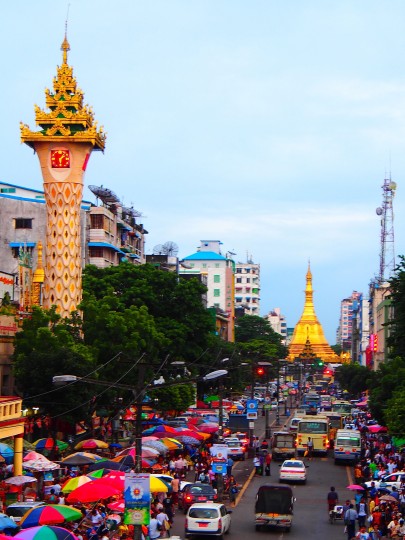
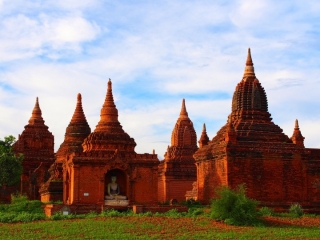
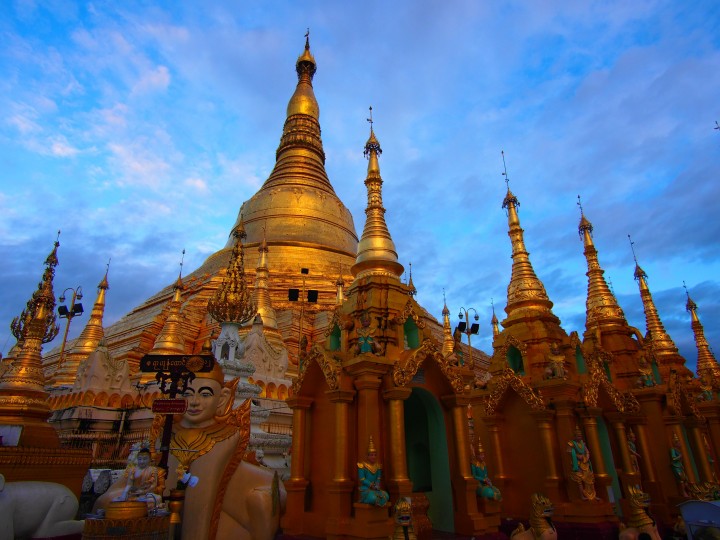
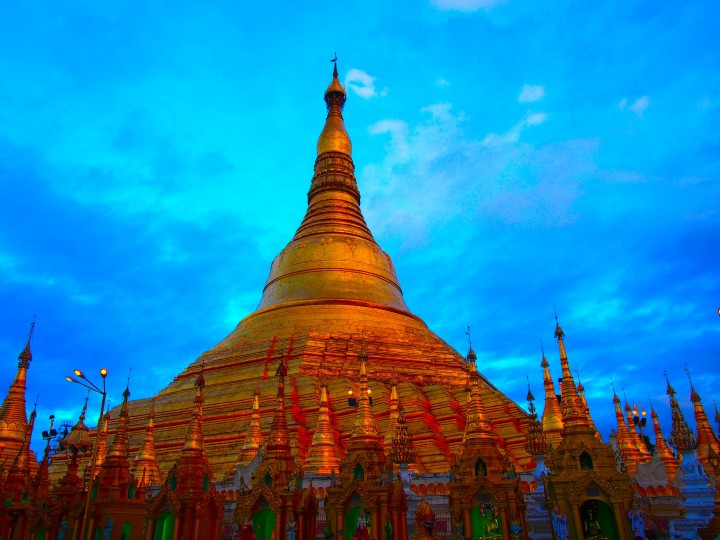
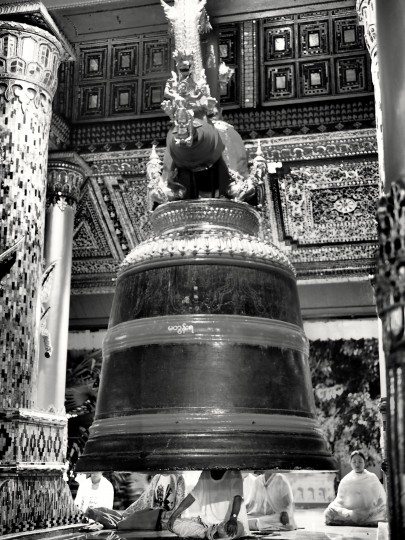
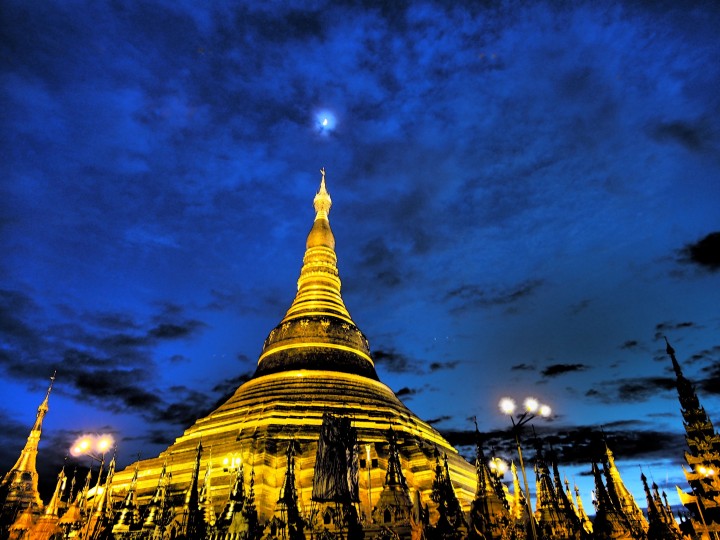
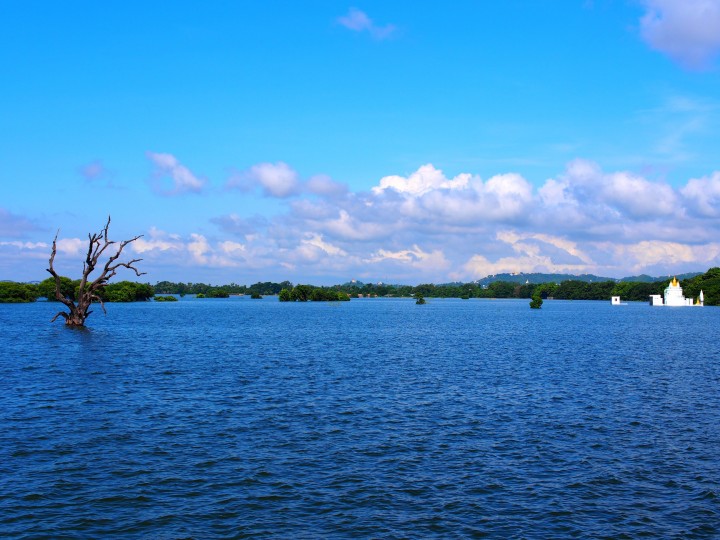
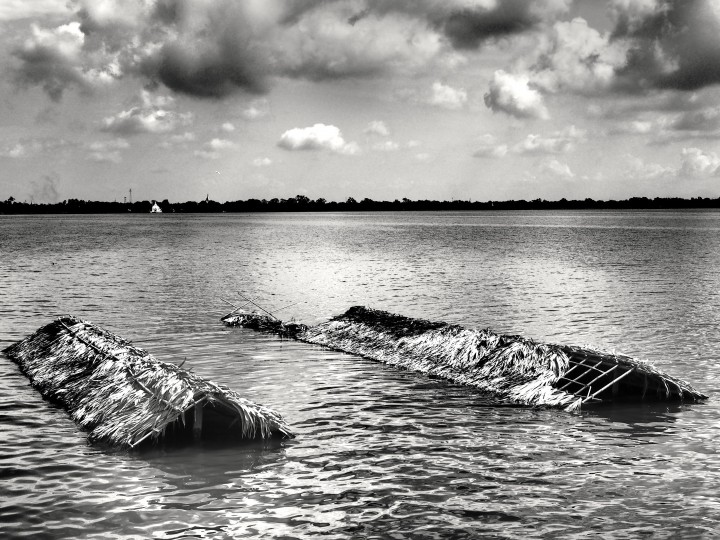
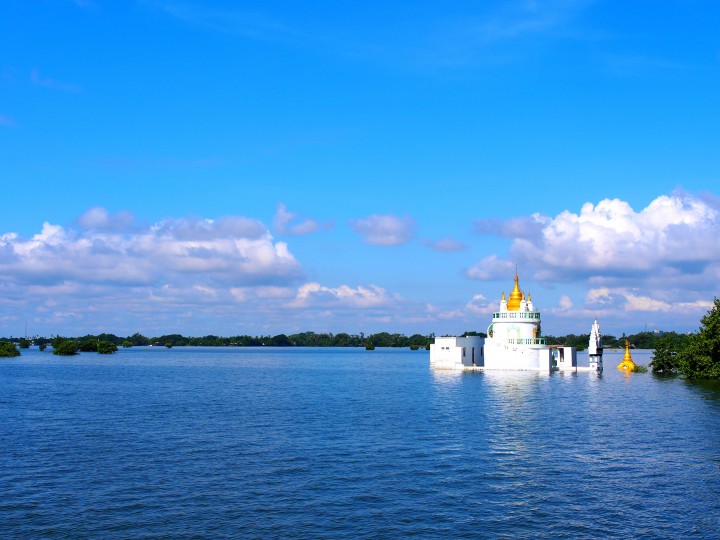
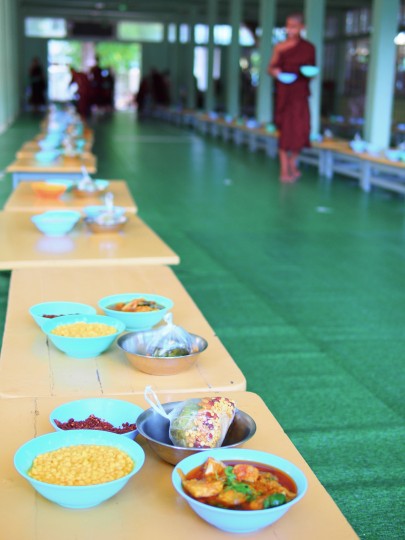
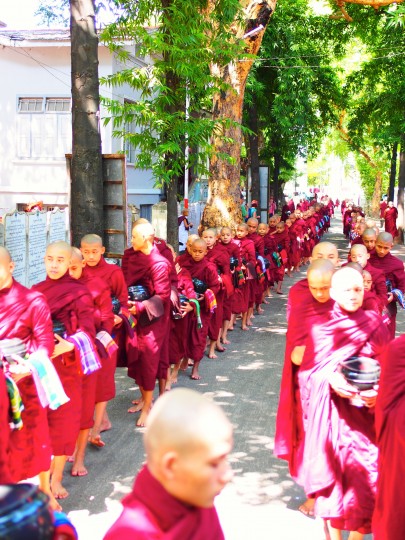
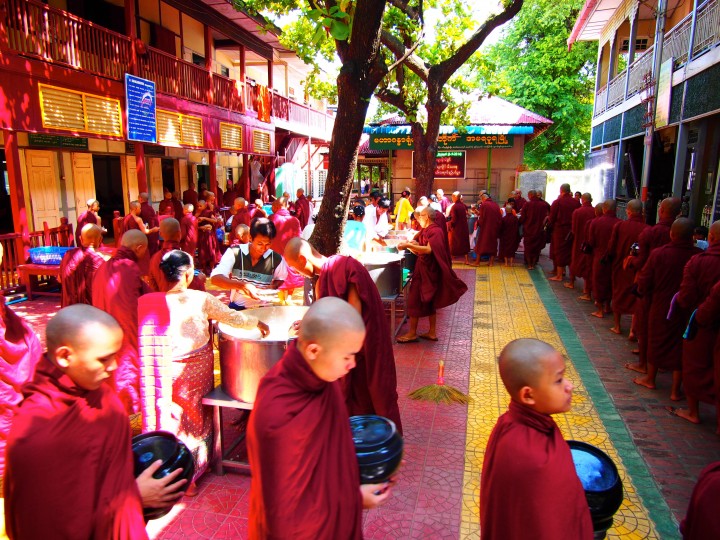

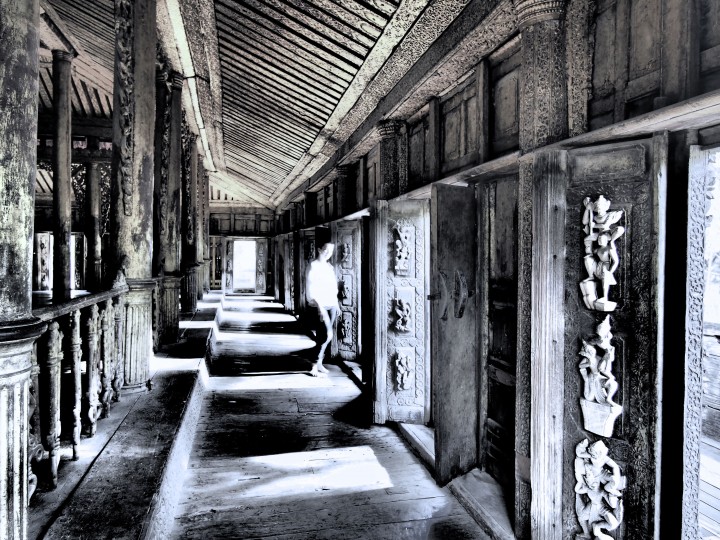
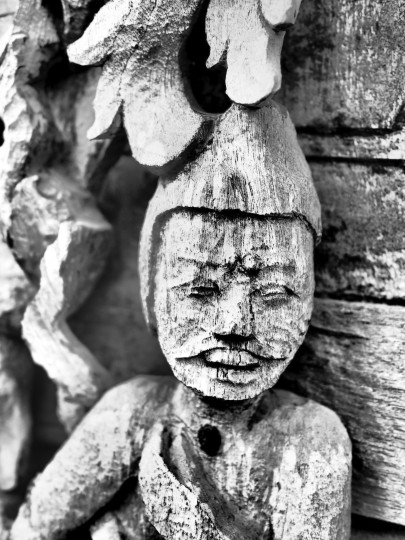
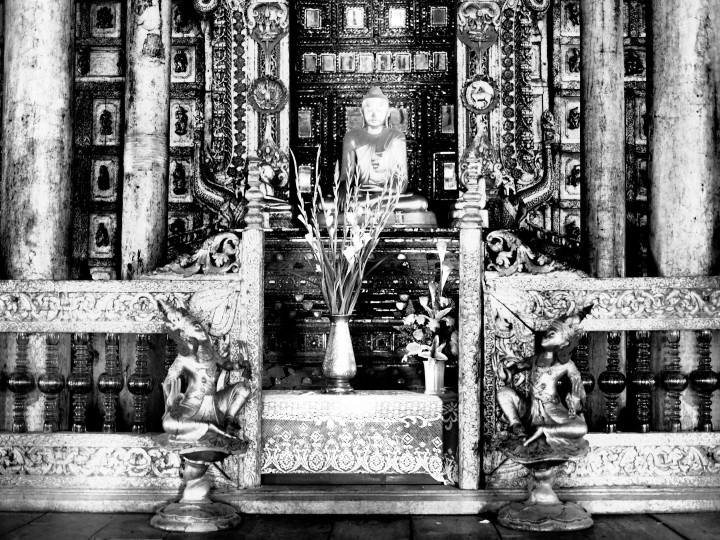
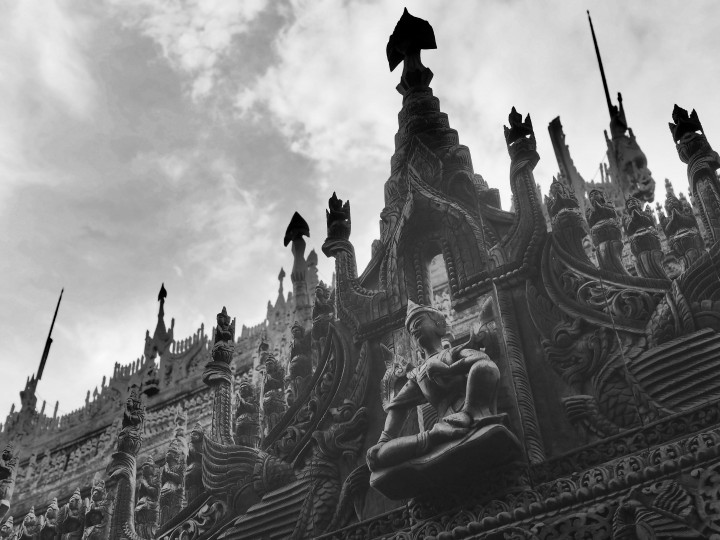
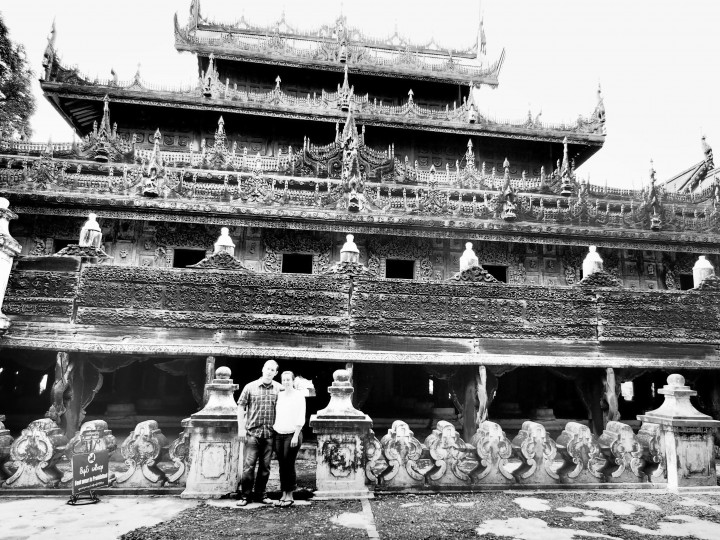
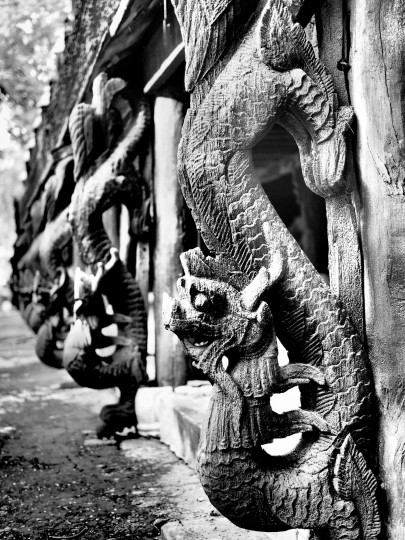
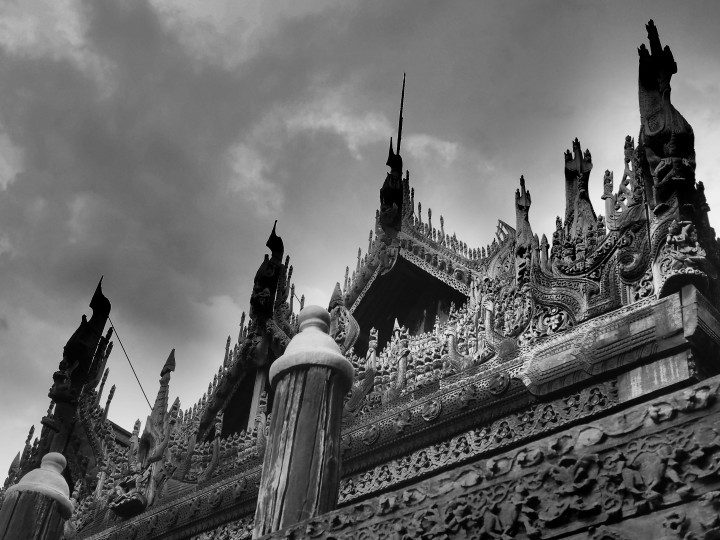
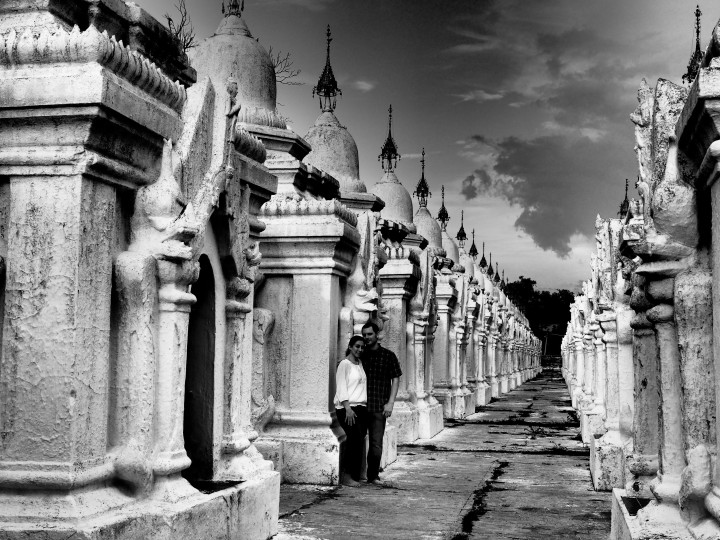
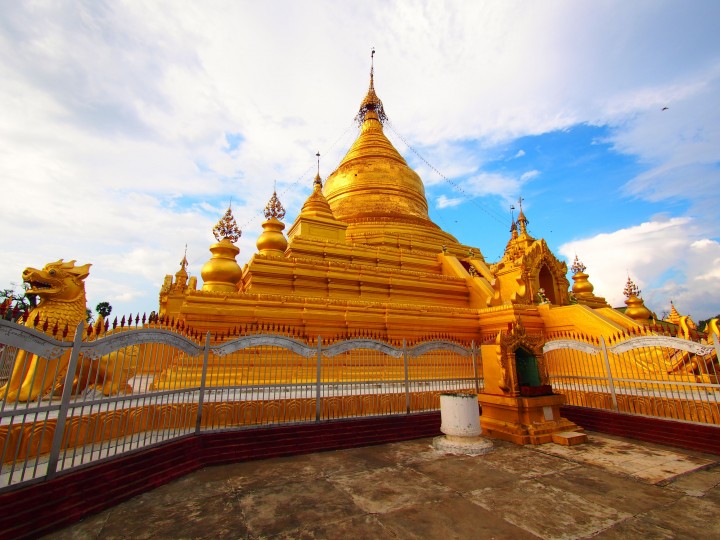
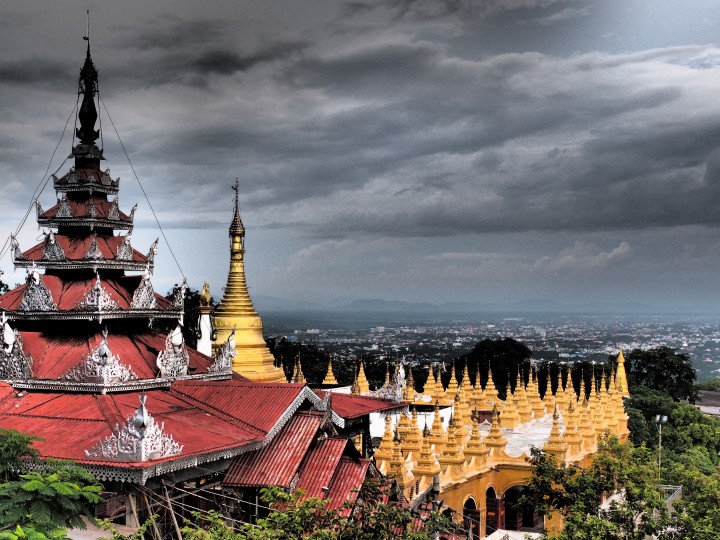
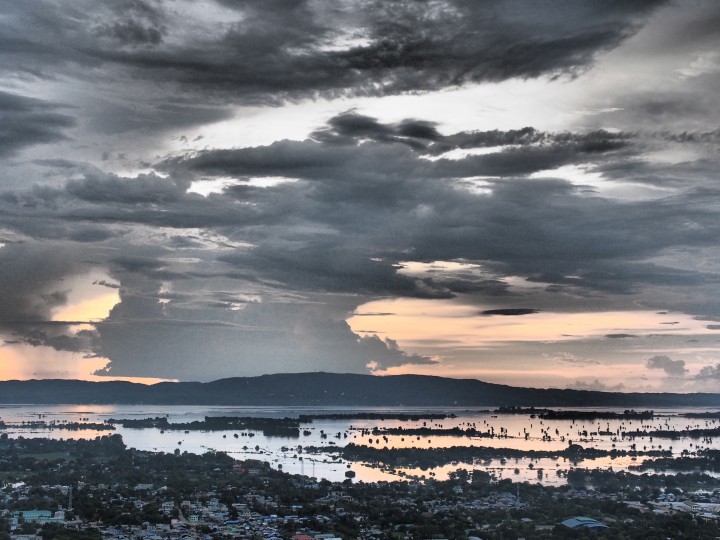
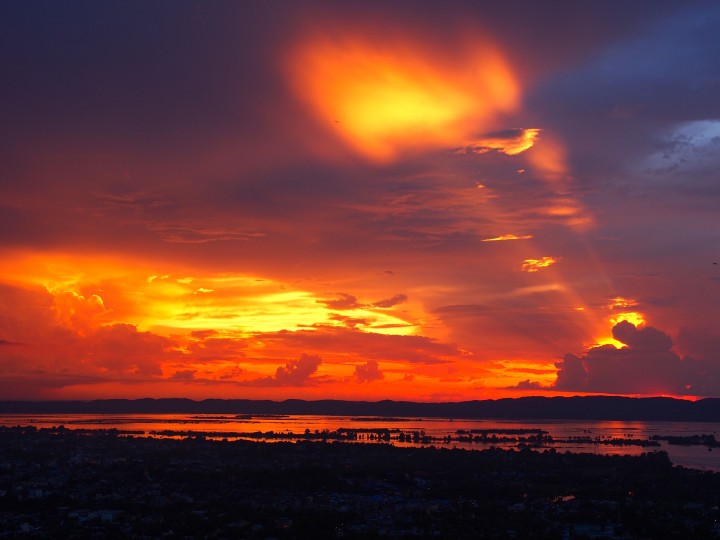
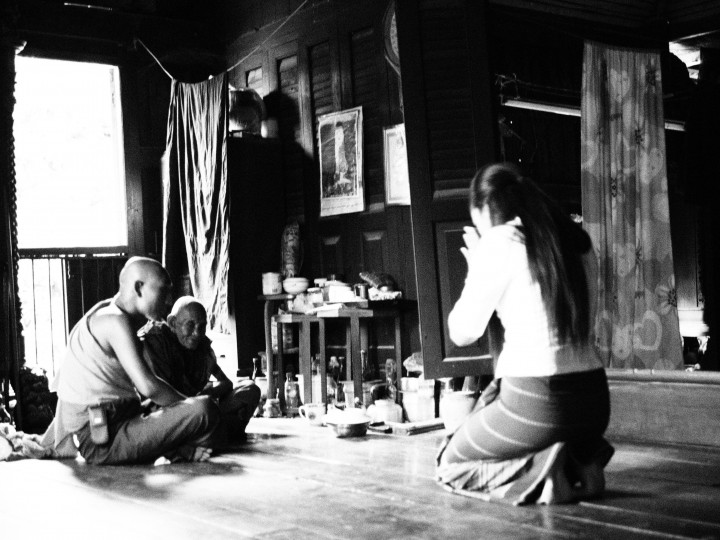
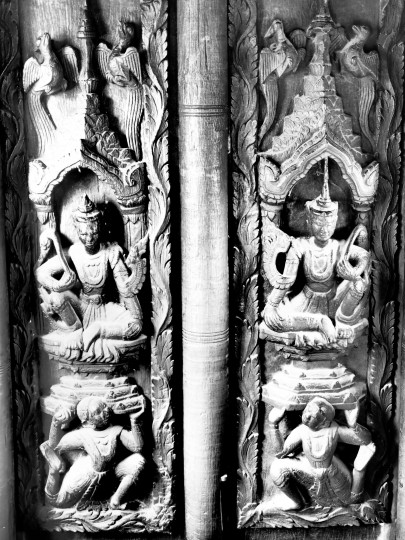
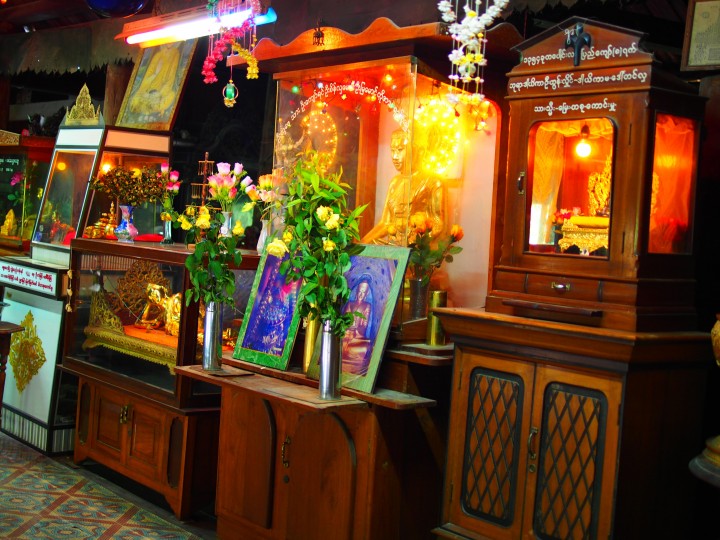
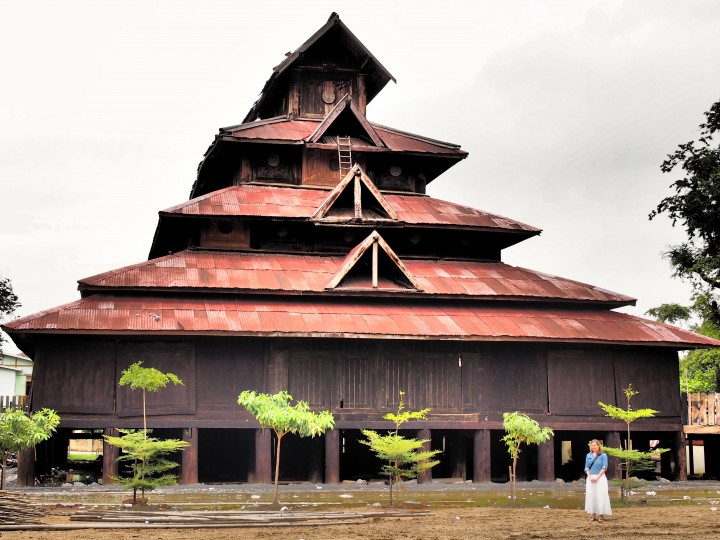
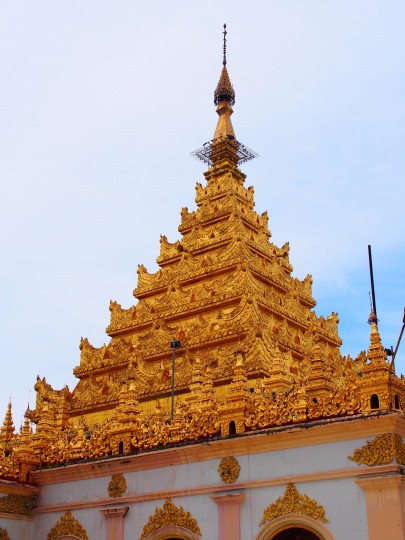
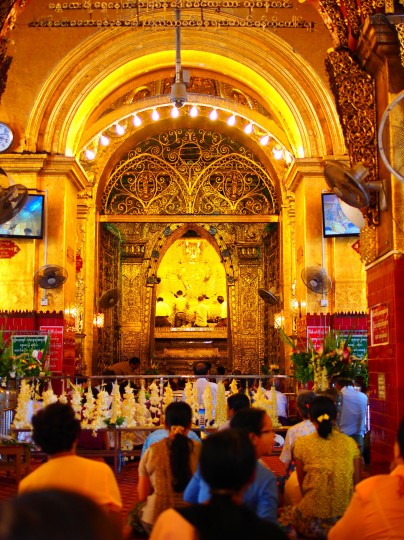
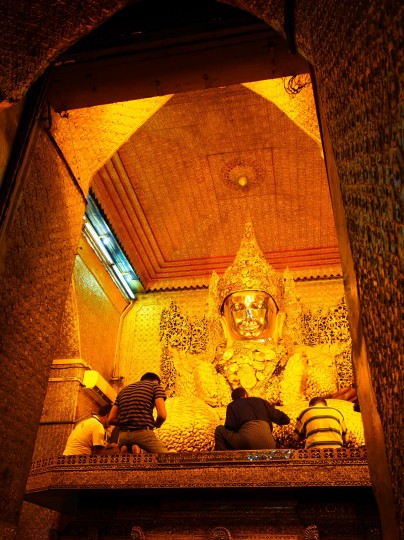
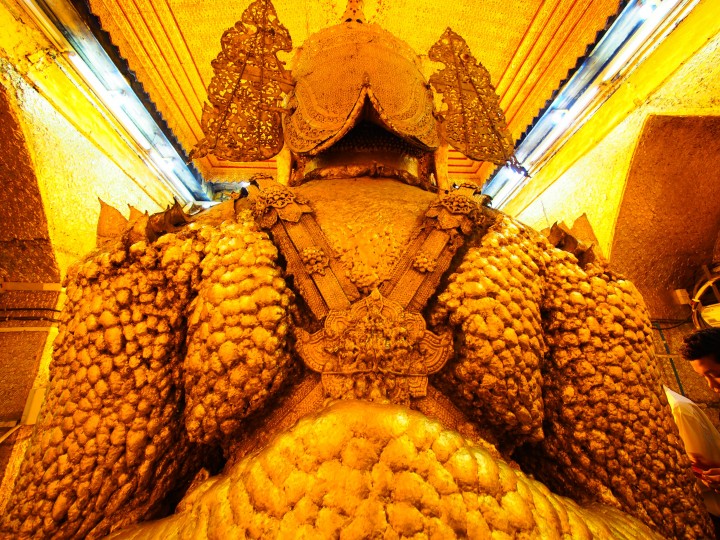
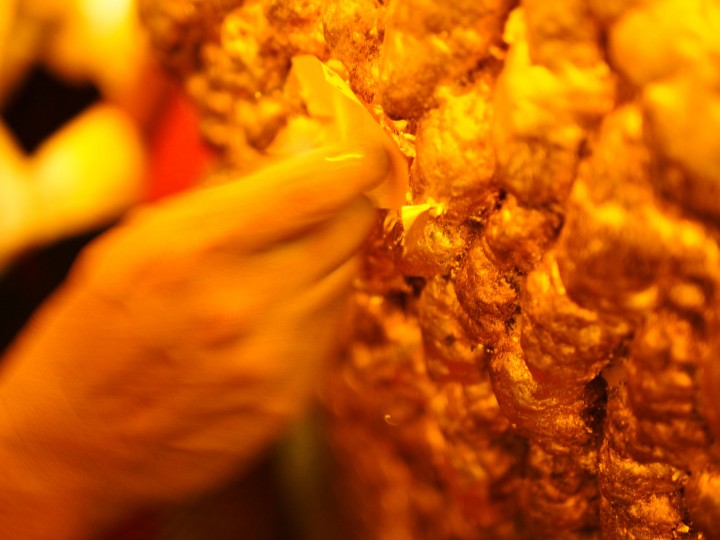
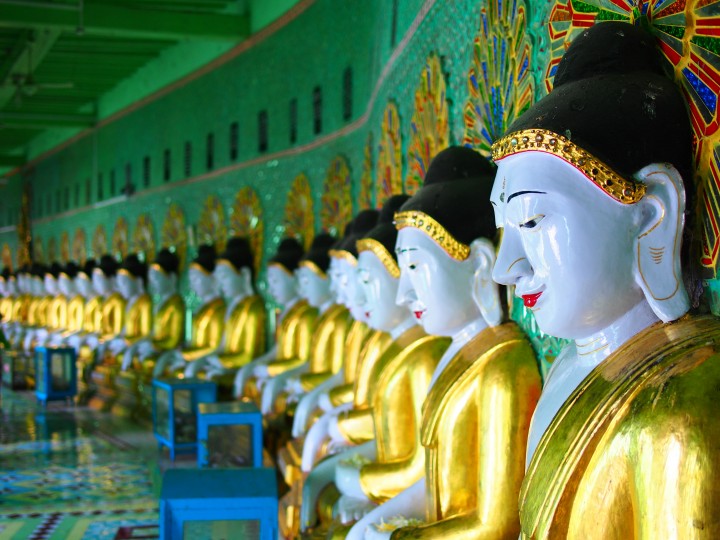
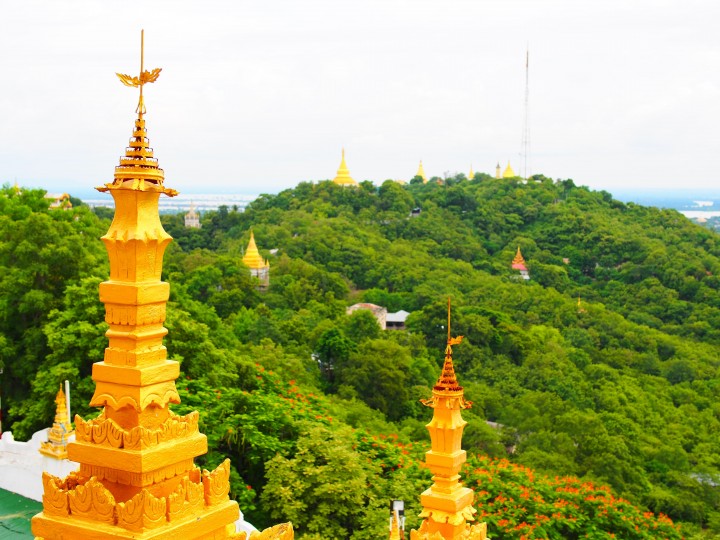
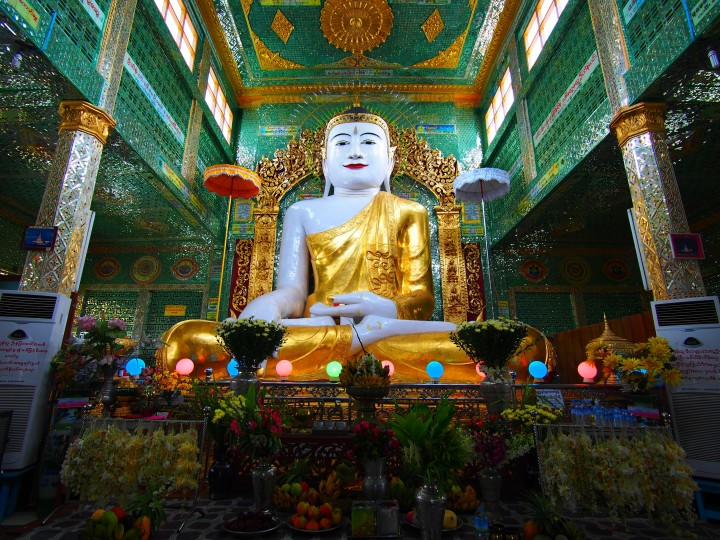
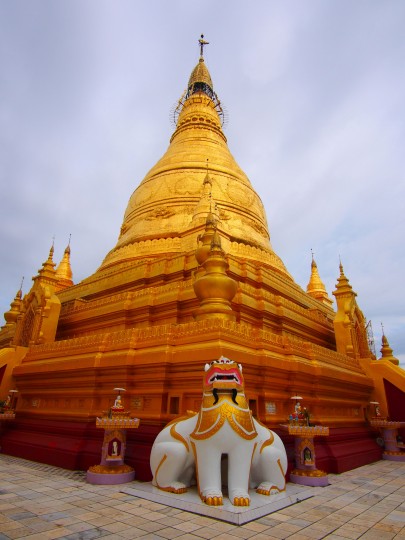
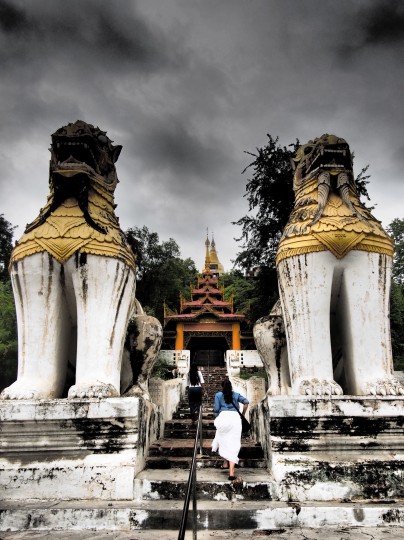
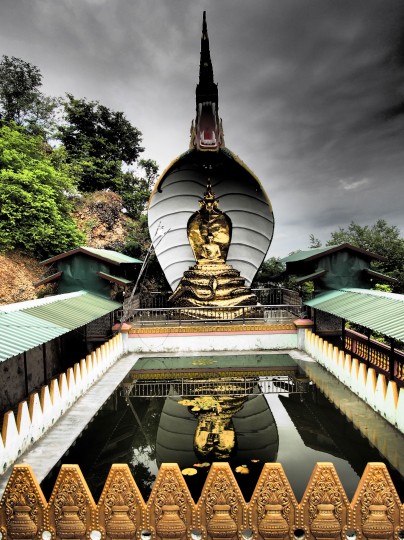
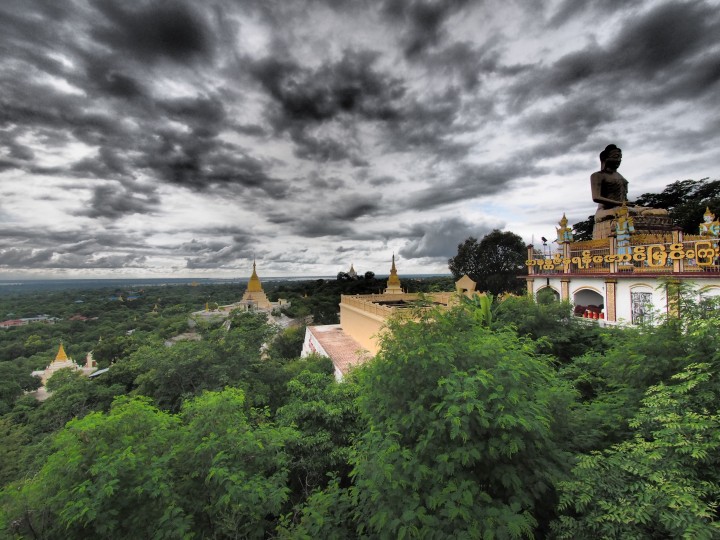
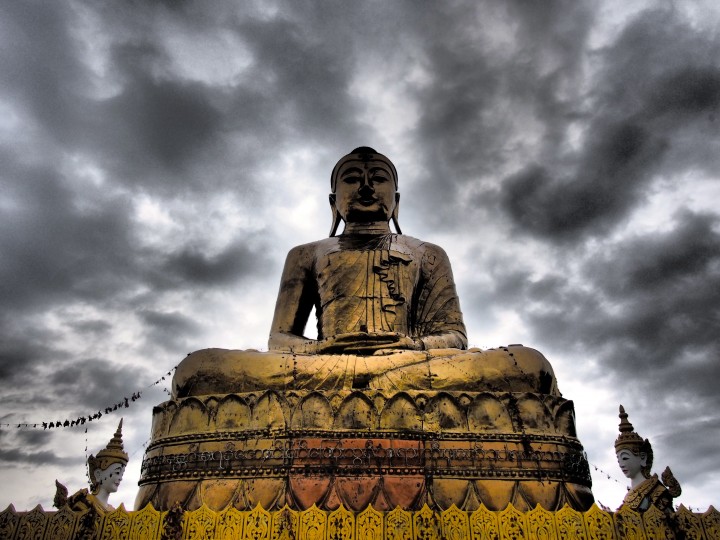
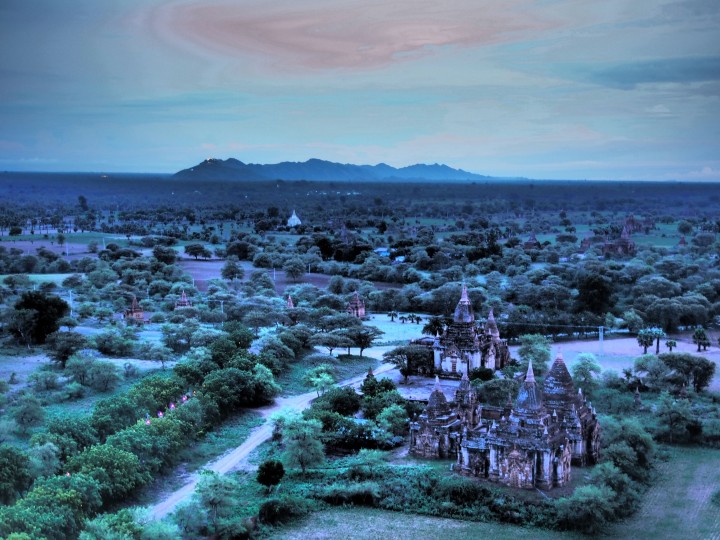
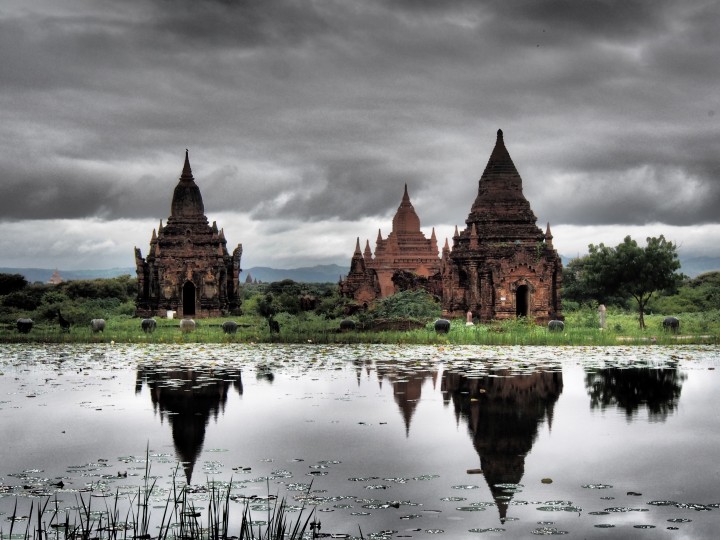
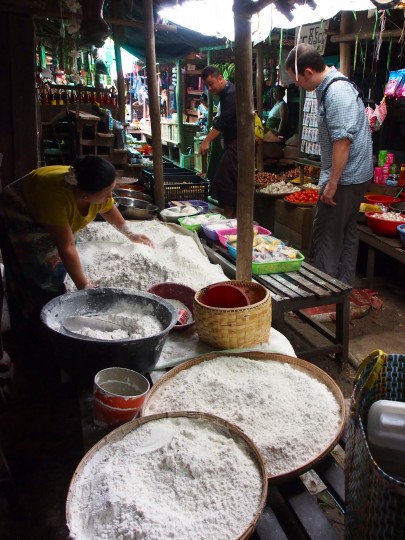
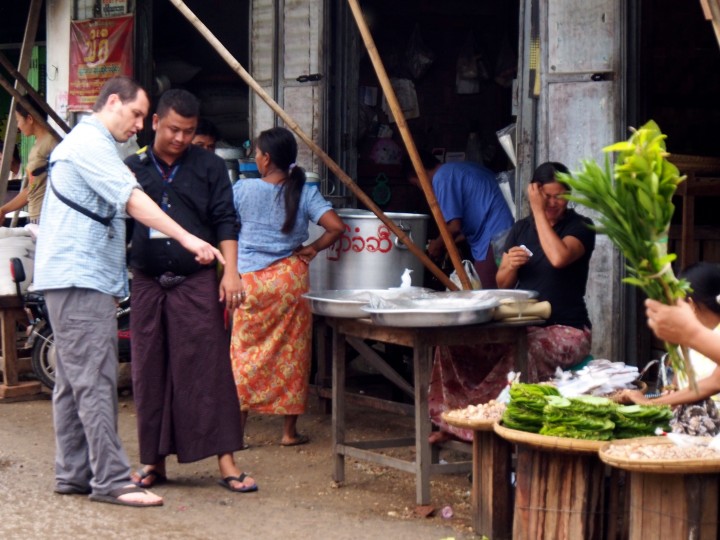
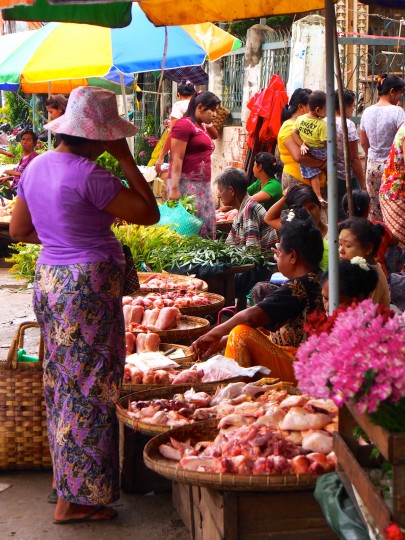
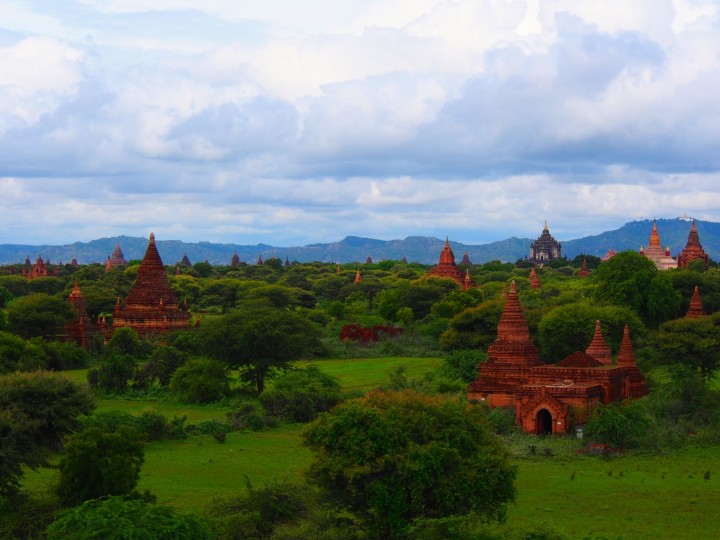
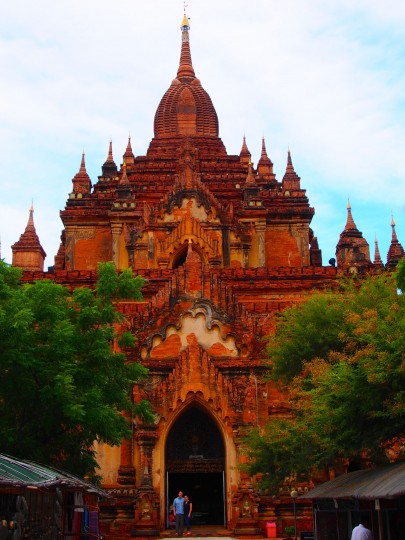
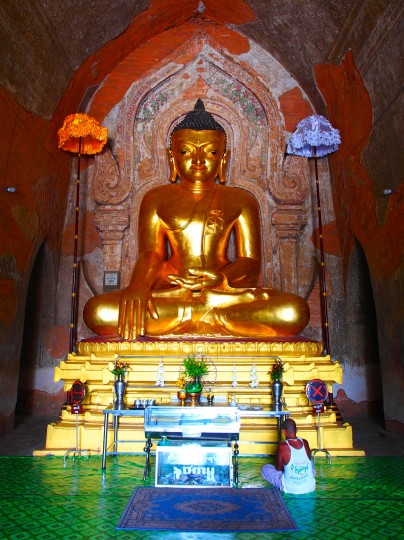
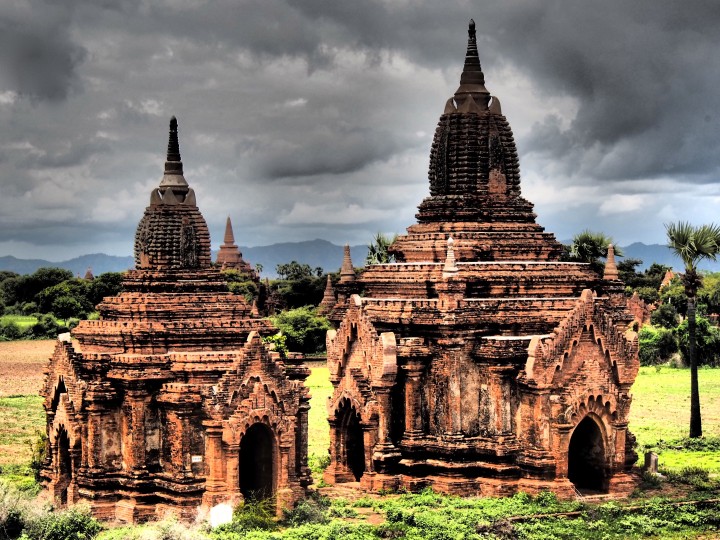
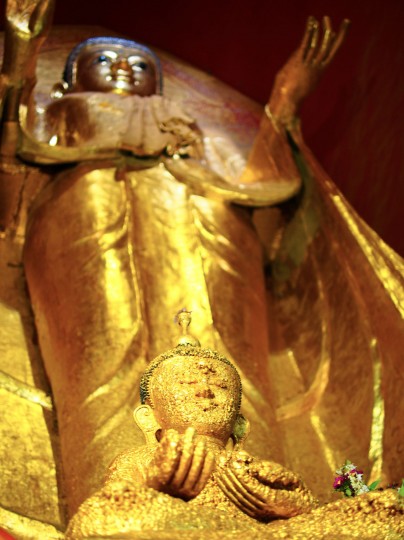
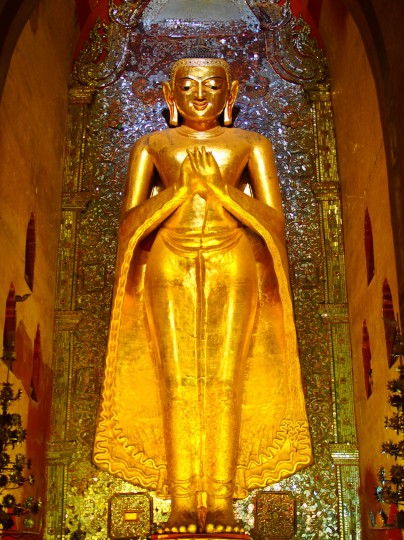
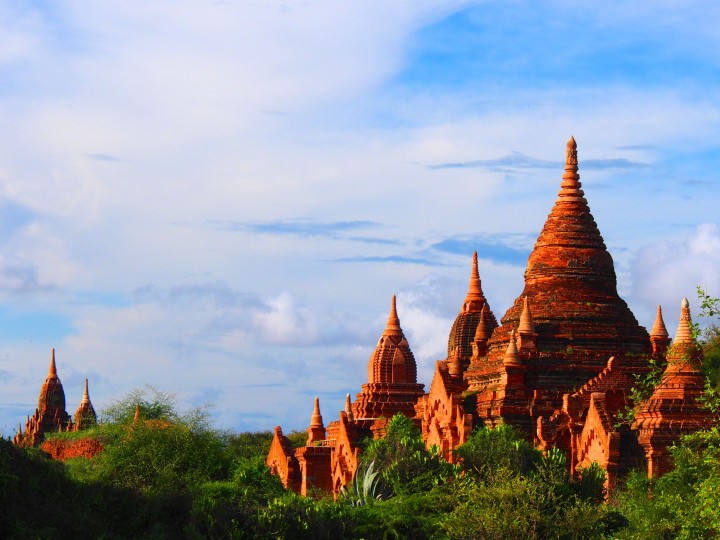
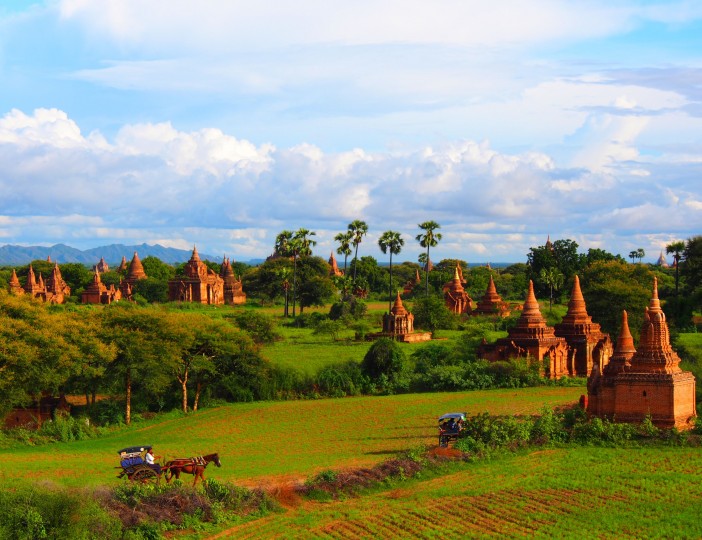
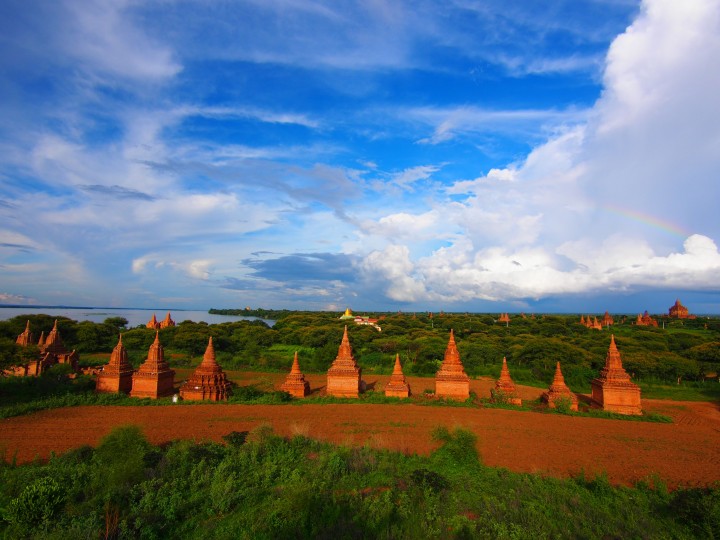
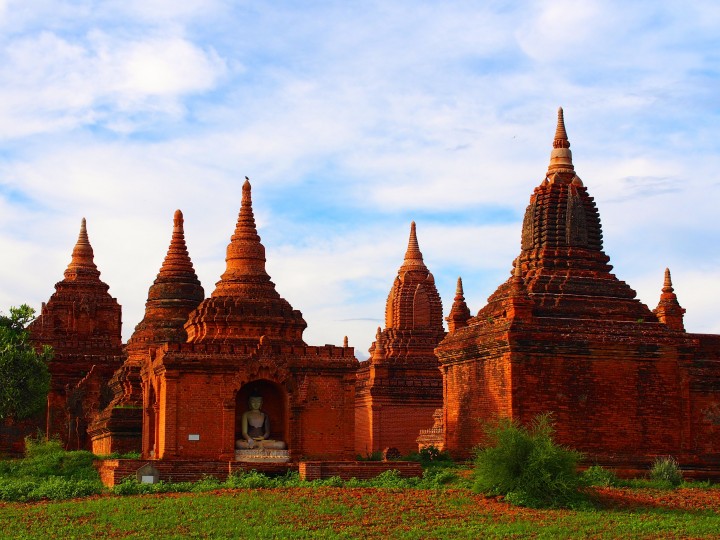
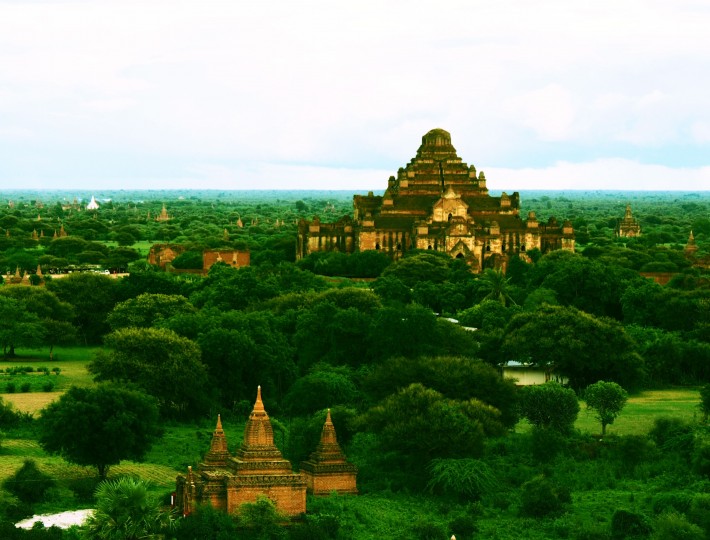
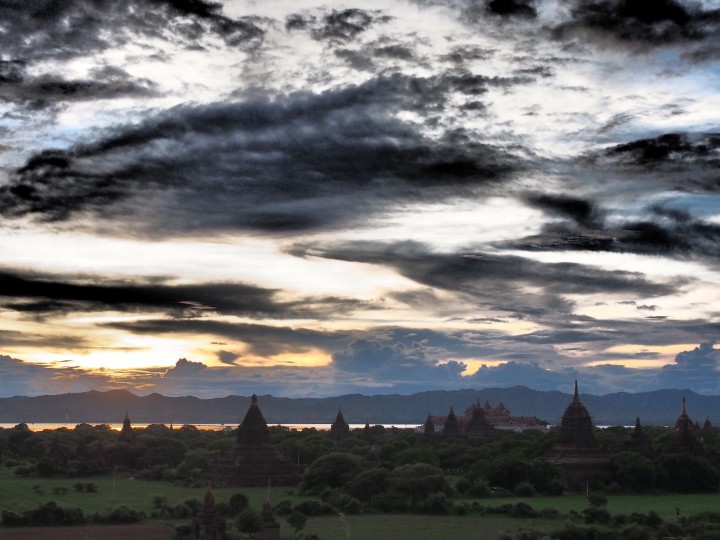
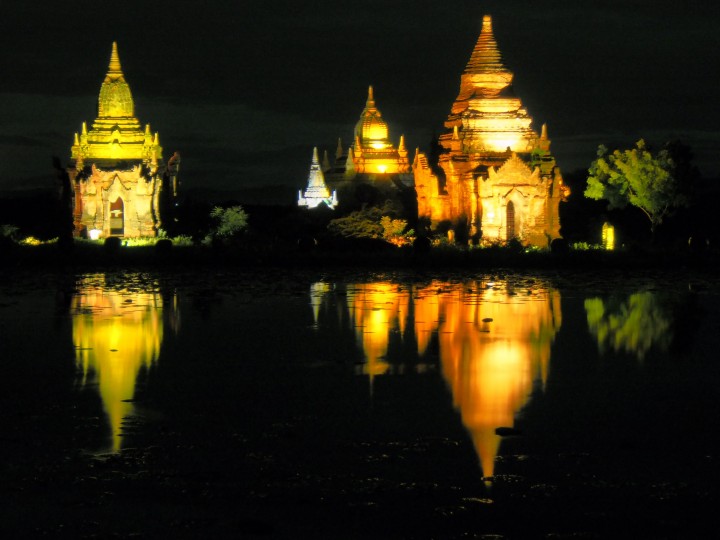
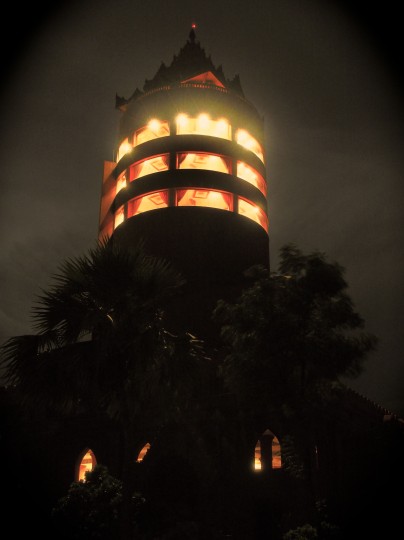
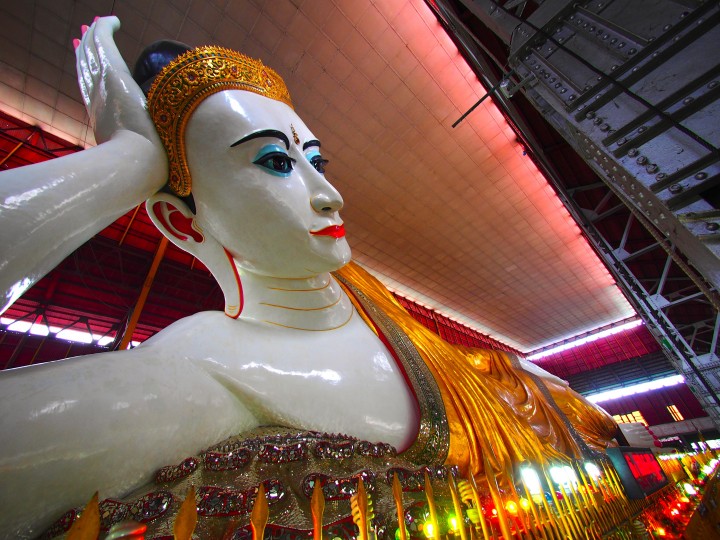
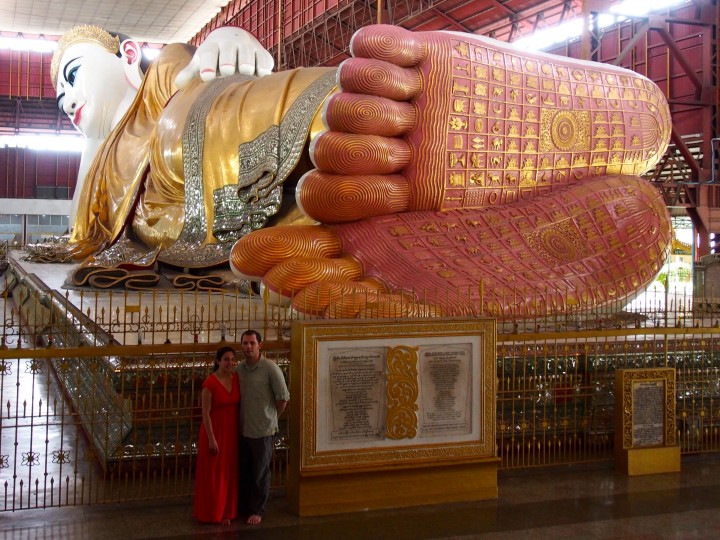
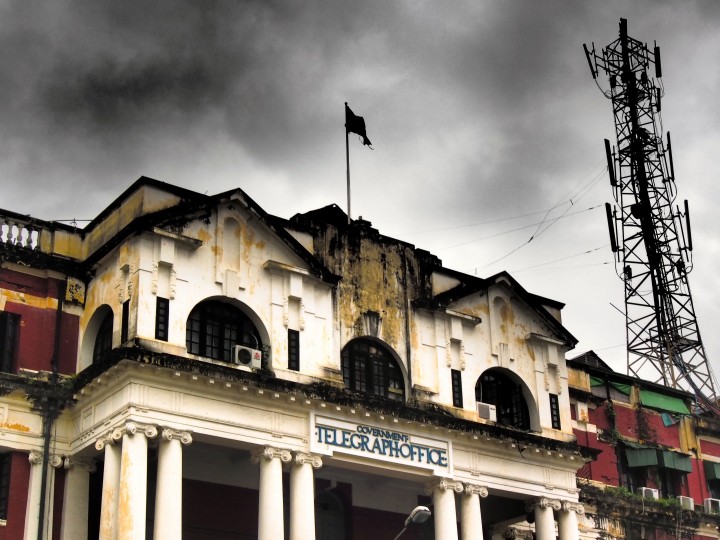
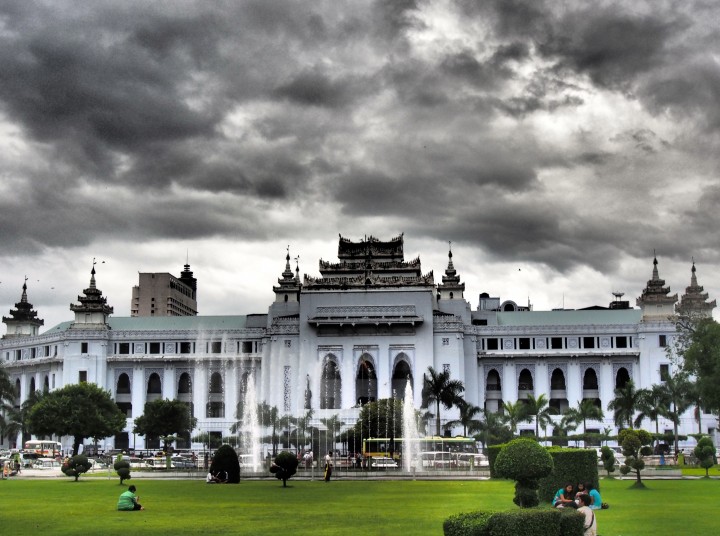
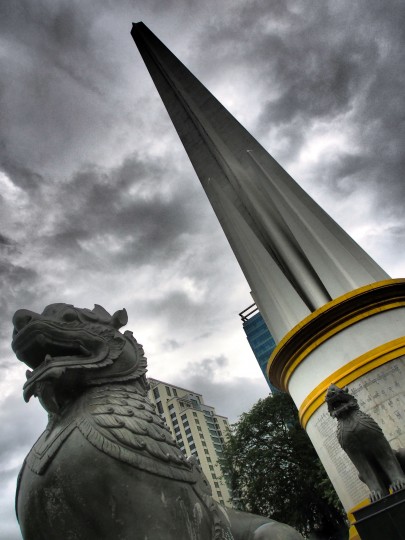
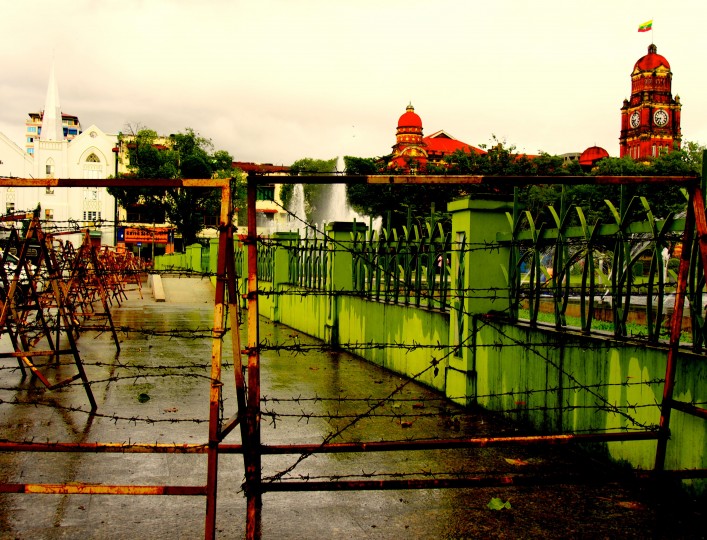

4 thoughts on “The New First Stops on the Banana Pancakes Trail”
I thought that food recycling and dish washing was exclusive of the chinese sushi places and Mexican people. Now I know we have spread our filth all over the world. Why would we spoil such a beautiful area in the world. Nice pictures. You need to read all documents on alien encounters to see why the temples are the way they are.
That is so gross!!!!!! Remind me to carry pre-packaged food in my backpack. Have fun in akihabara.
Am I the only one who thinks “Dutch backpacker” sounds like a sex move?
“How was Friday night?”
“Good – I gave her the old Dutch Backpacker and now she wants to marry me”
o_O whaaaaaaaaat..?!?!? I had no idea that some sushi places recycled their ginger…?!?! Ugghhhhhh…
Those pix of the pagodas are just beautiful… I love that rainbow shot in Bagan–amazing!